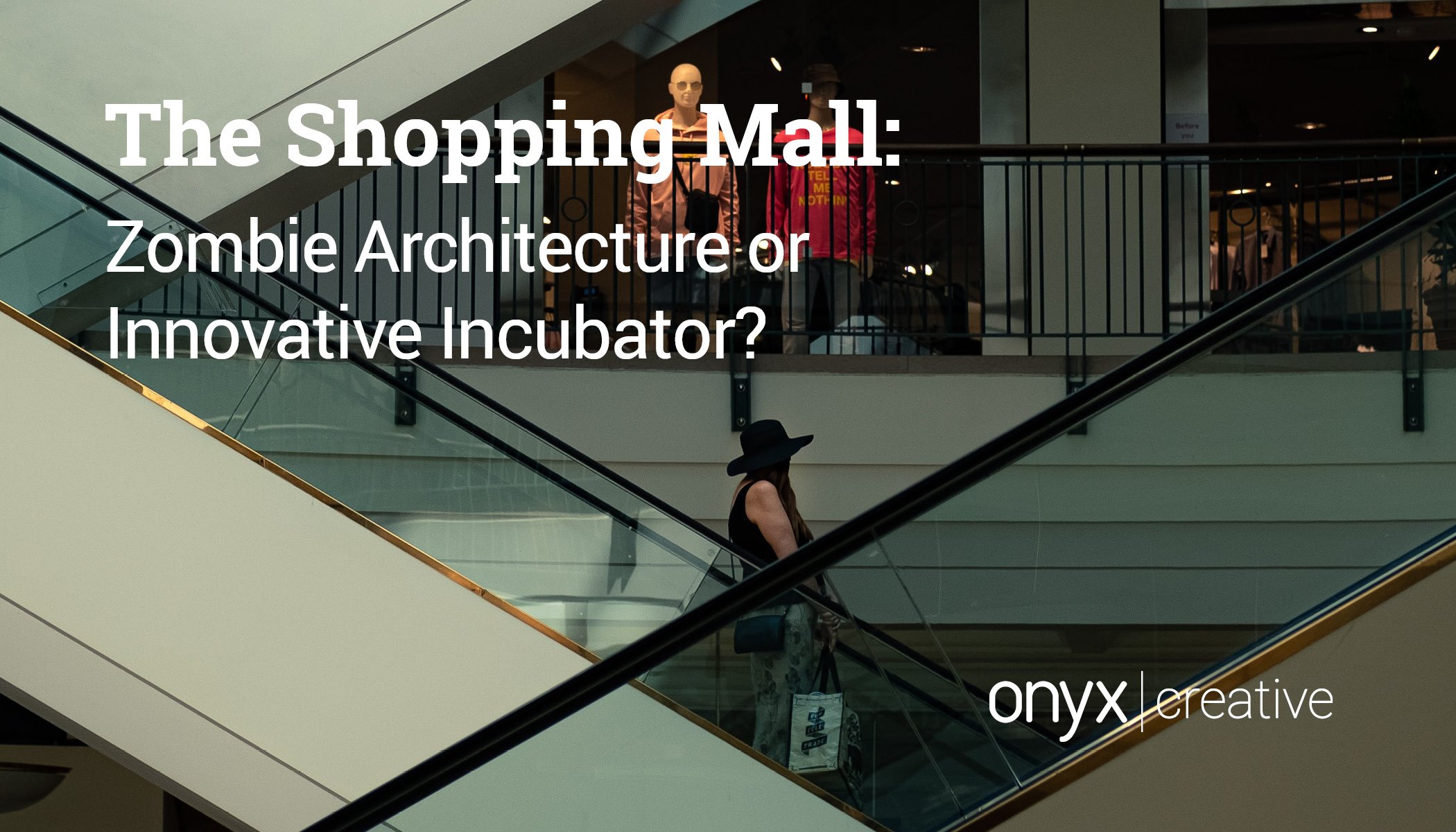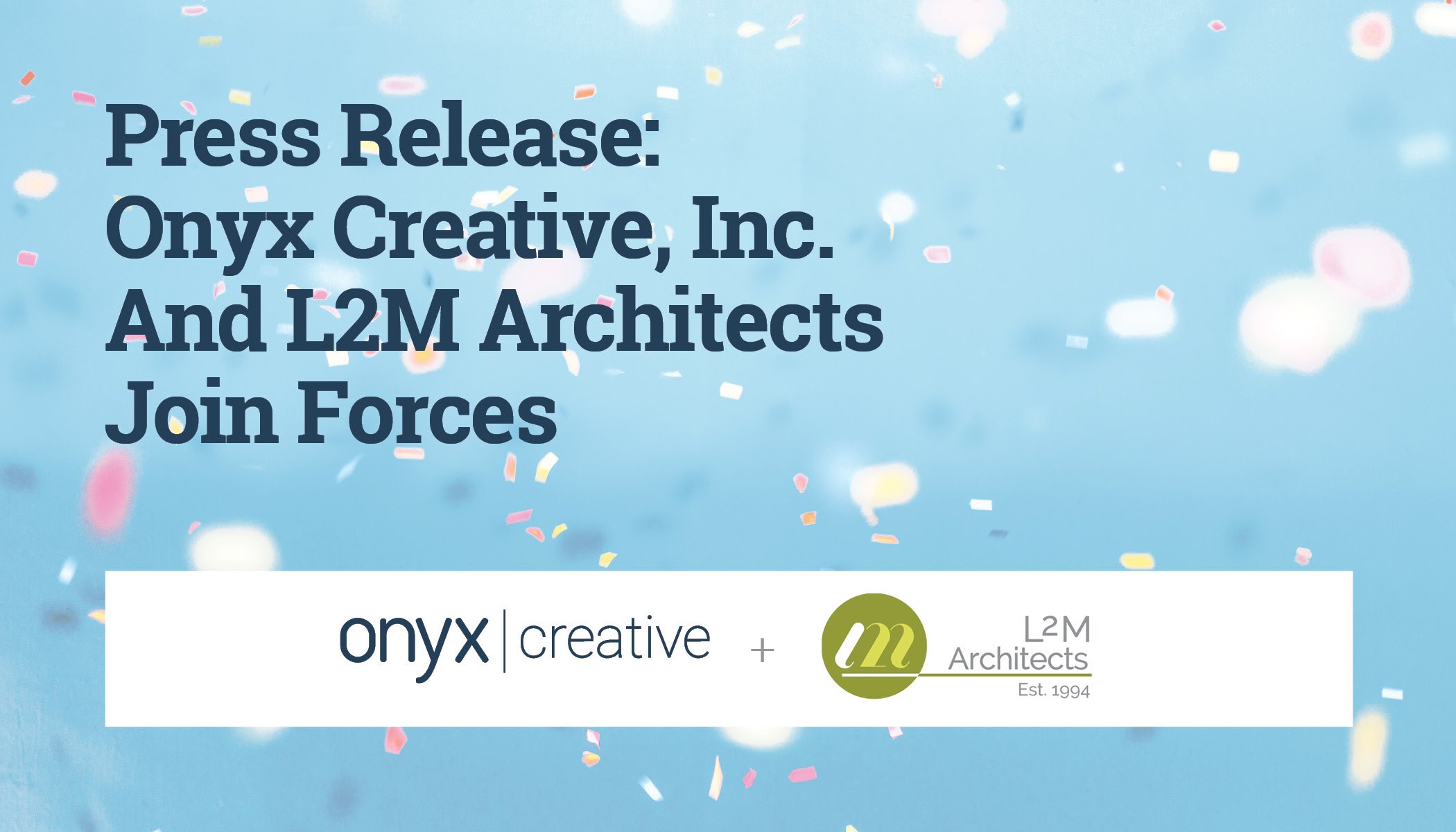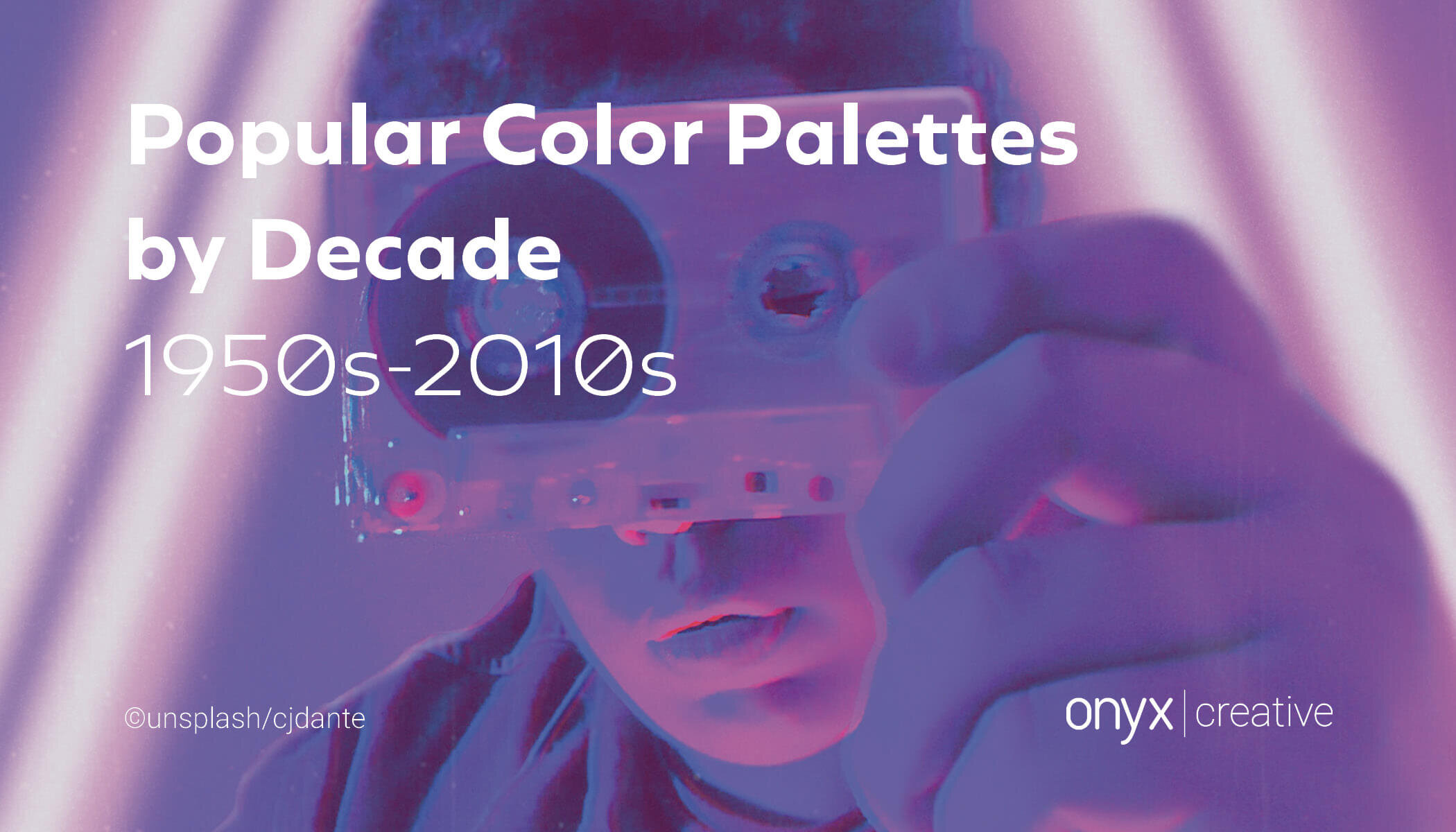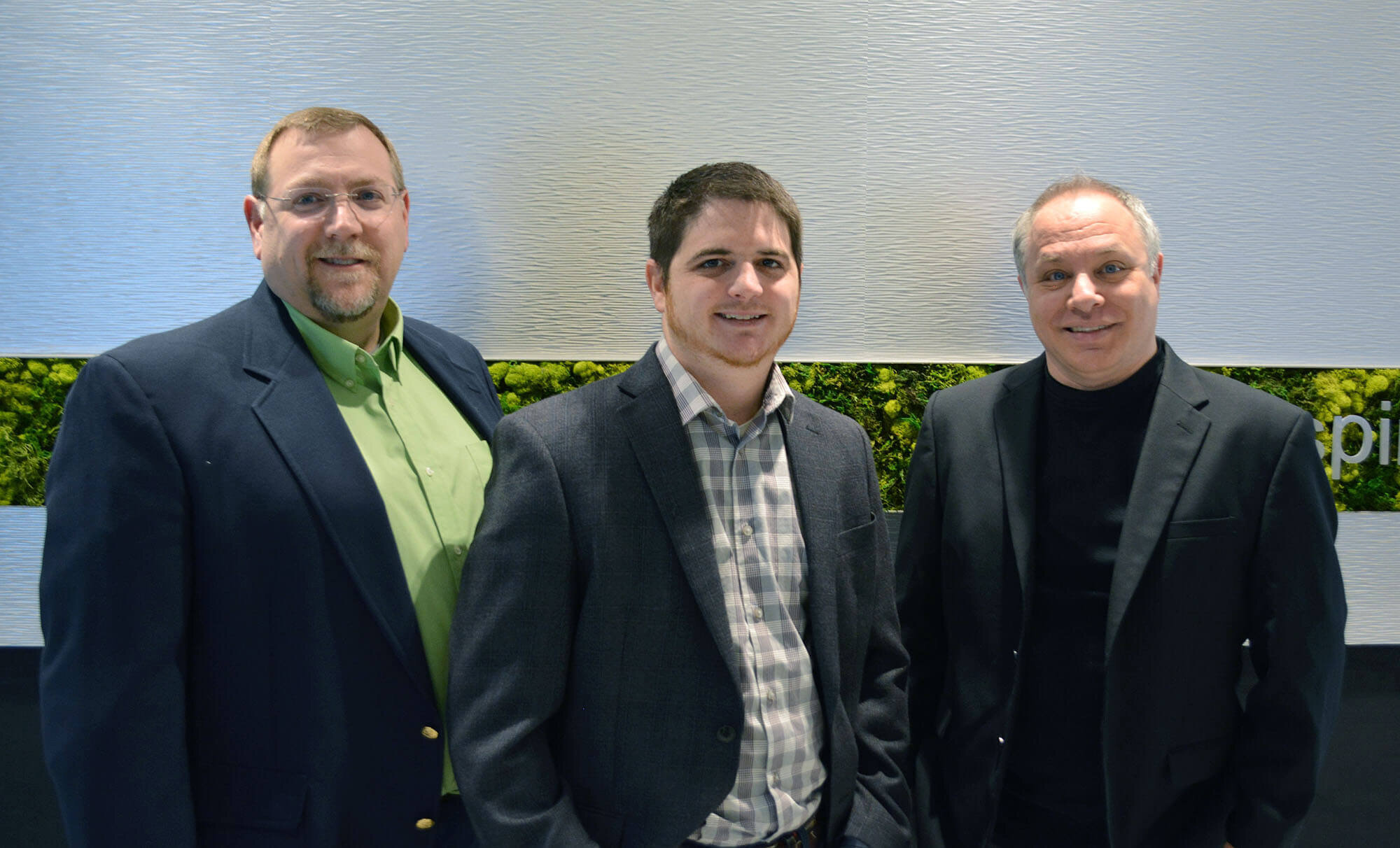The following are factors that should be considered when rebranding a retail center, including the naming process, appealing to the area’s local demographic, and finding ways to be creative.
1 - Make It A Destination
The new brand name should avoid words like plaza or center. These words are becoming obsolete and don’t provide any value to the brand or location of a retail center. Instead, focus on using one or two words for the retail center’s brand. For instance, retail developer WS Development is taking the previous Northtown Plaza and rebranding the area as Station Twelve, a name that ties back into the area’s history. This makes the center feel fresh with a simplified name that is not only easier to say but also creates a sense of wonder. Station Twelve is located in Amherst, New York, and is set to open to the public in 2022. You can see our architectural design work for the center here.
2 - Locality Appeal
Bring in elements of the local community to inspire the new brand. Some thought starters include:
What is the local area known for?
What is the area’s history?
What does the local area offer to visitors?
What activities do people enjoy doing here?
Are there any local artists that can create something for the space?
By incorporating locality into a rebrand, people will feel more connected to the brand from its start and feel a sense of belonging.
3 - Engagement With Events
Continue the locality appeal by launching fun activities and planning interesting events to turn the retail center into a community gathering place. The idea is to draw local shoppers to the center by hosting experiences that are convenient and entertaining. By creating these events, a retail center can better rival eCommerce and online shopping. Think of your surrounding demographic area and what events people might be interested in attending. One great example is a project we worked on to create an outdoor gathering space to host monthly food truck events. Other events could include outdoor summer film screenings, food or dessert tastings, craft fairs, and themed family fun events, among many more.
4 - Be Creative with Empty Spaces
What can malls do with their large, empty big-box tenant spaces besides hosting events? Many of these spaces are being developed into co-working spaces that charge a monthly fee for their use. This type of space appeals to small businesses that need an office space with collaborative incentives. Some malls have also turned their large, empty tenant spaces into medical centers, low-income housing, educational facilities, churches, and museums, to name a few[1]. Retail centers can benefit by appealing to their local demographic and incorporating these needed spaces for the local community. Our project with The Shops at Hilltop incorporates co-working space and offices above the lower level retail spaces. Read more about the project here.
5 - Turning the Inside Out
College Mall, before.
Another idea to consider when revitalizing retail centers is to flip the large big-box stores to the outside. We worked with Simon Properties to revamp select areas of their College Mall, in Bloomington, Indiana, turning their previous indoor mall space into an outdoor lifestyle center. You can read more about the project here.
College Mall, after.
6 - Easy Navigation Experience
How do visitors know where they are? Let them know by providing branded wayfinding and signage. Wayfinding that does its job well will give visitors a sense of when they are entering, knowing where to go during their visit and when they are exiting the experience of the retail center. Think of strategic placement for outdoor and interior signage. Where outside is the best location for a monument sign that could be seen by all major highways? Does the monument sign serve a purpose besides being a sign? We worked with Hornig Capital Partners on their rebrand of Golden Gate, removing the word Plaza from the end of their name and also developing the design of an exterior monument sign that would be a statement piece for people entering the center. It also served an aesthetically pleasing purpose by reducing the visibility of the long drive-thru line at the nearby Chik-fil-a restaurant. You can read more about the Golden Gate project here.








































